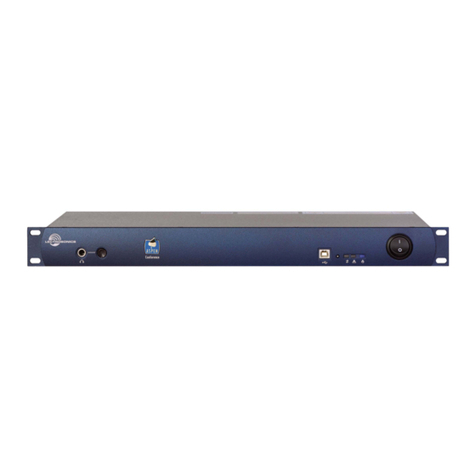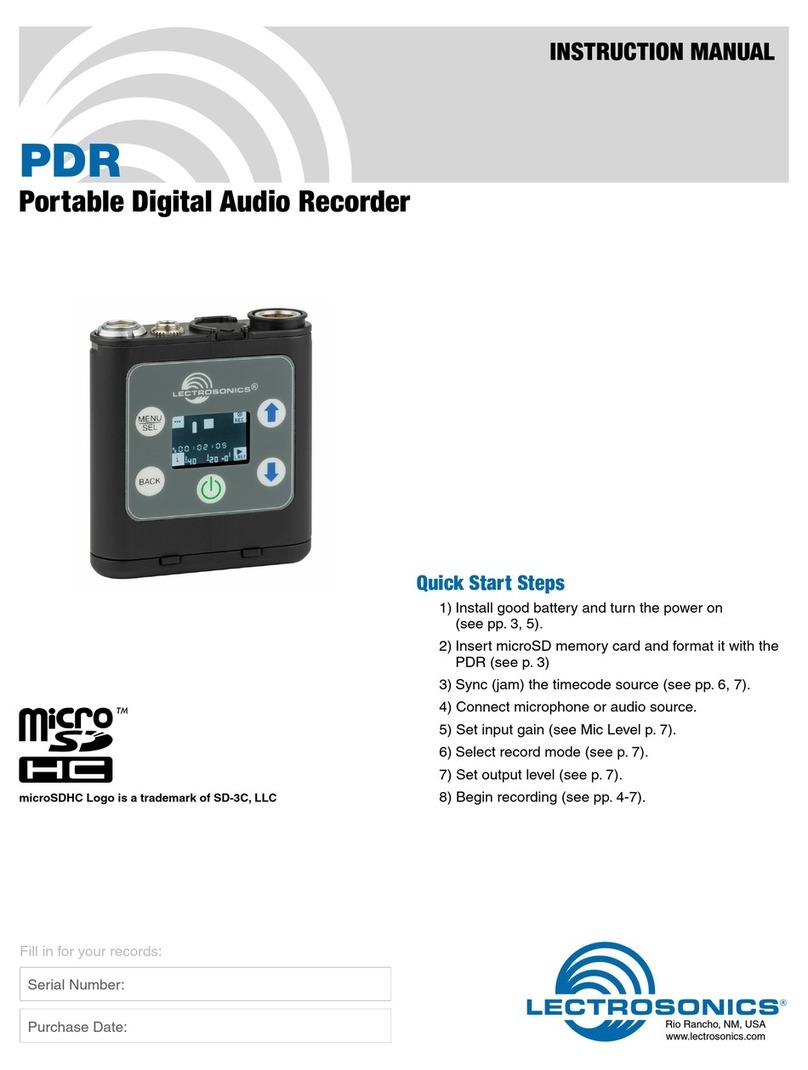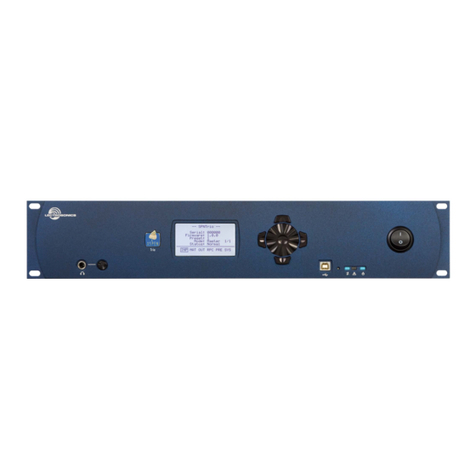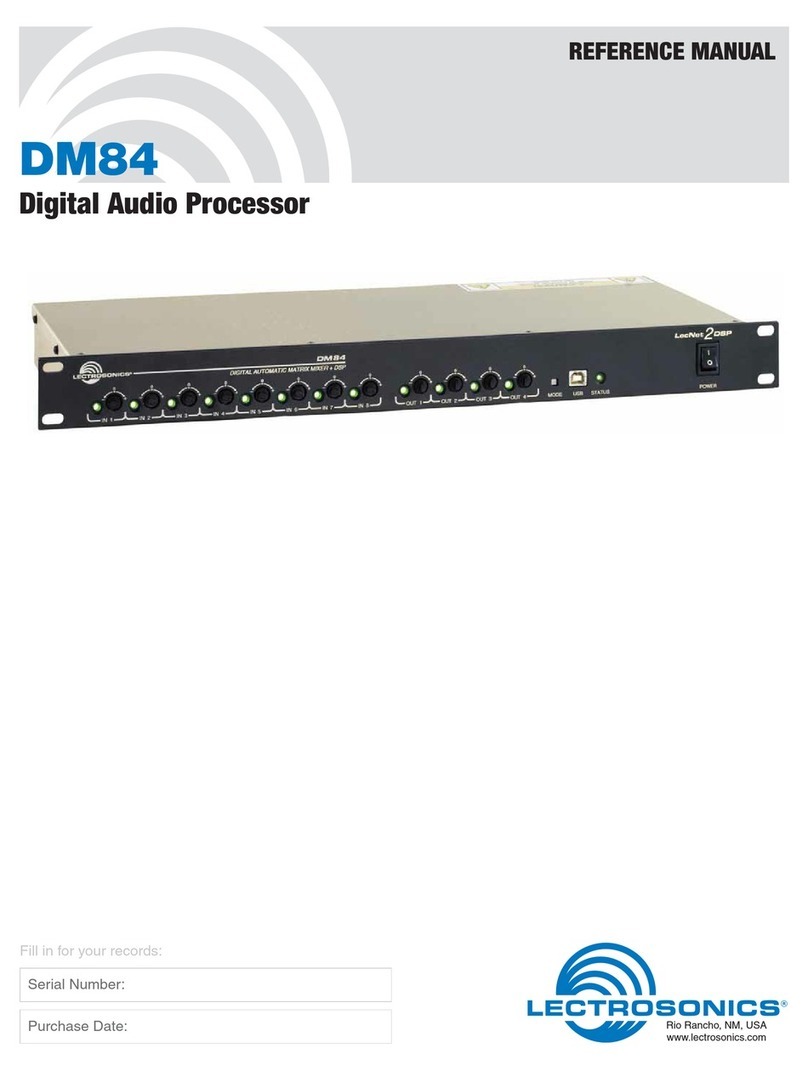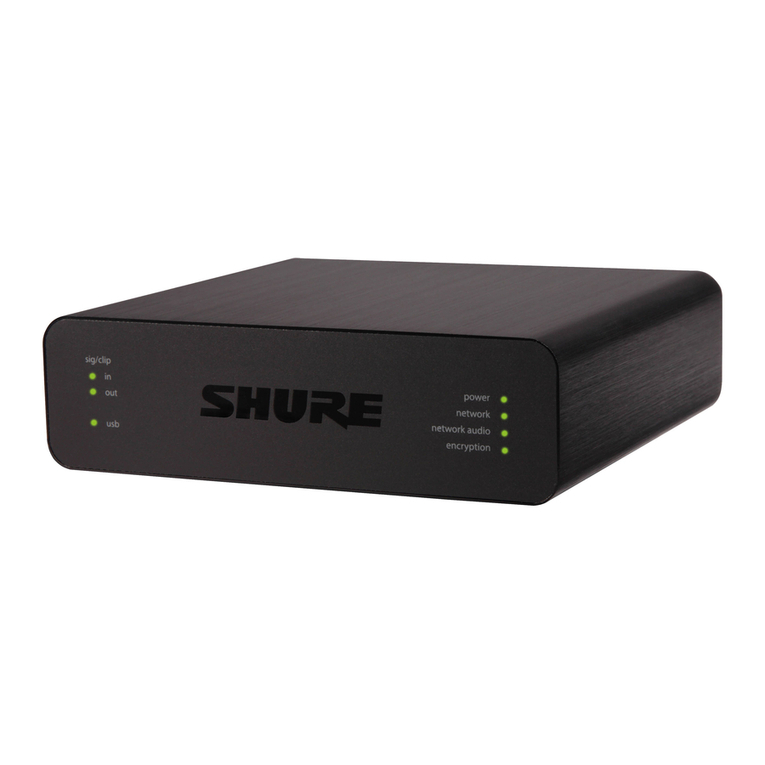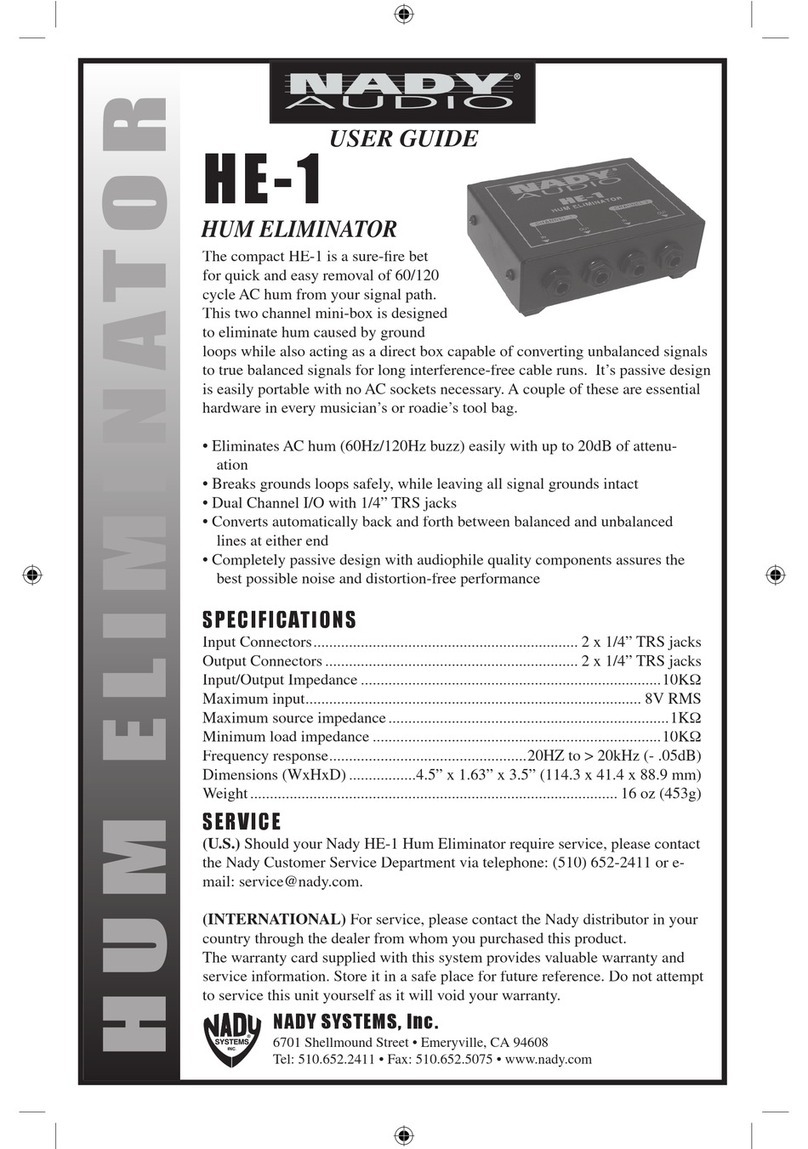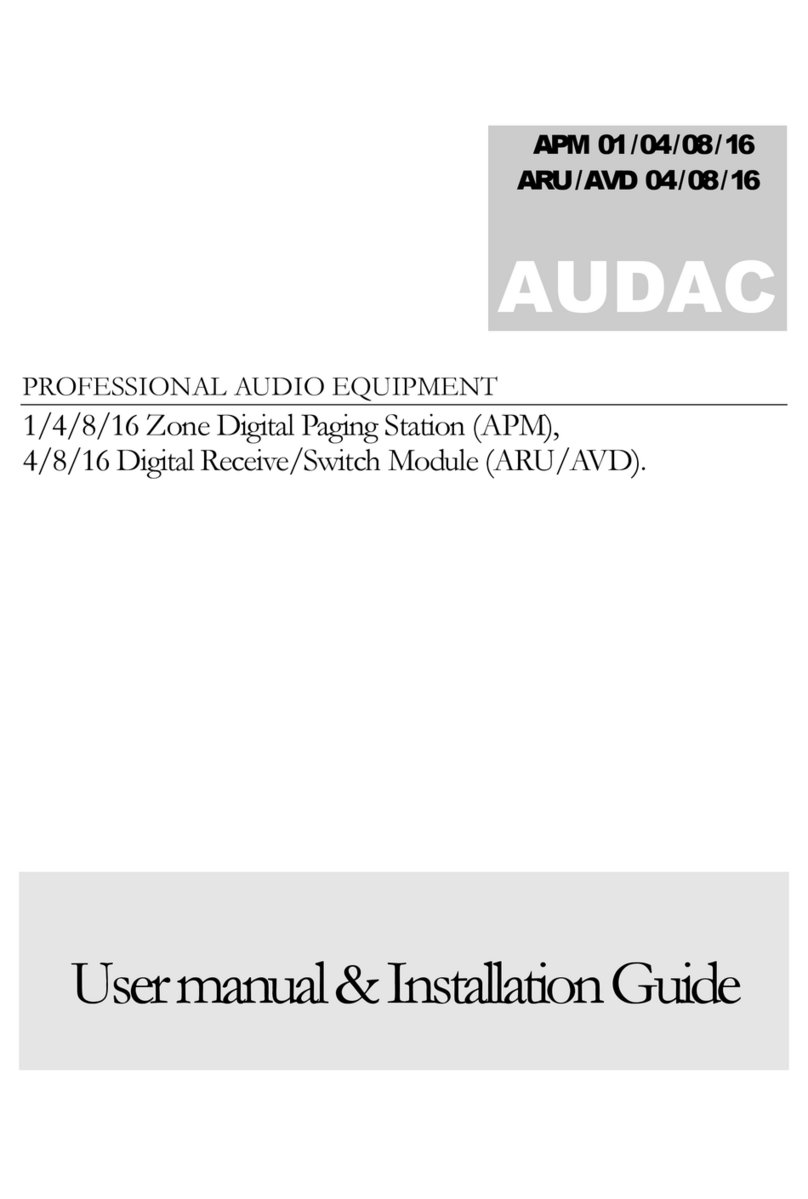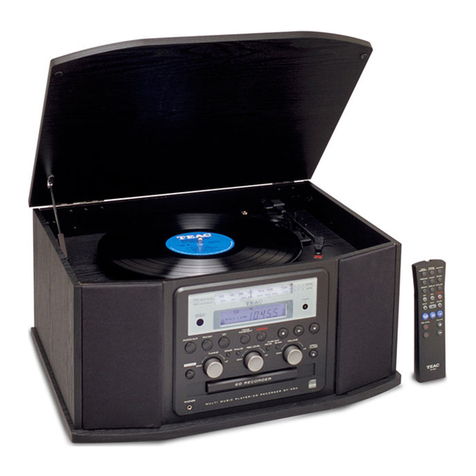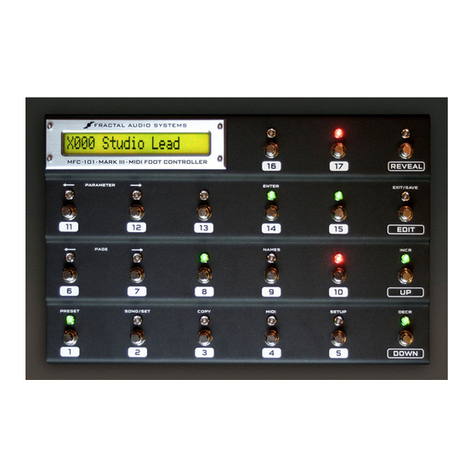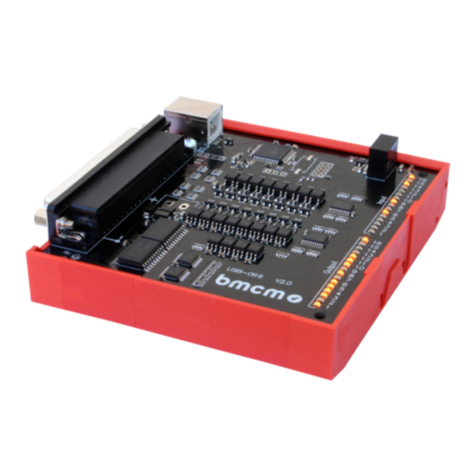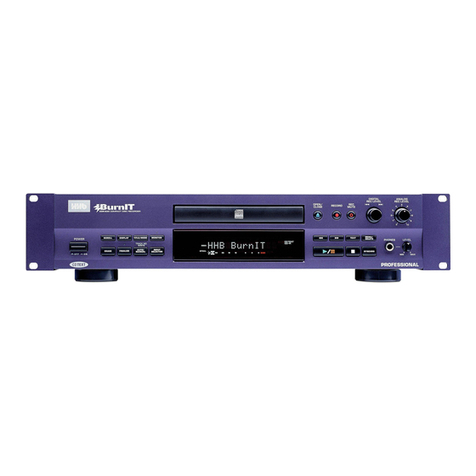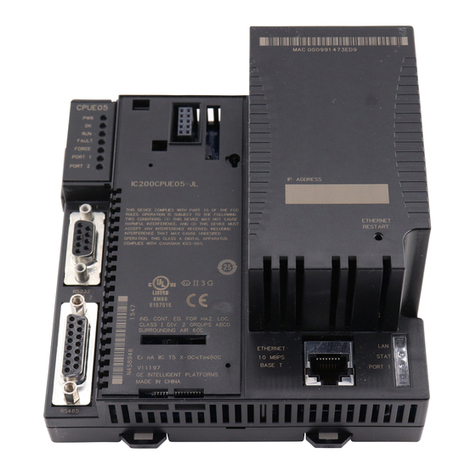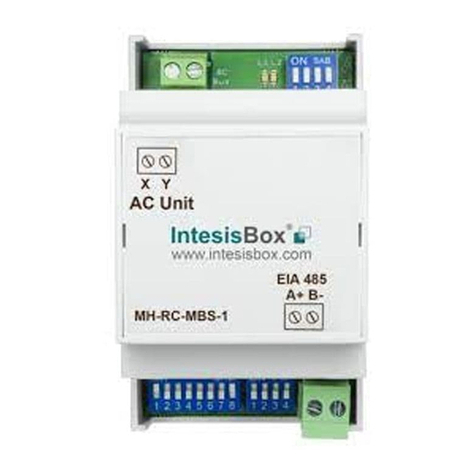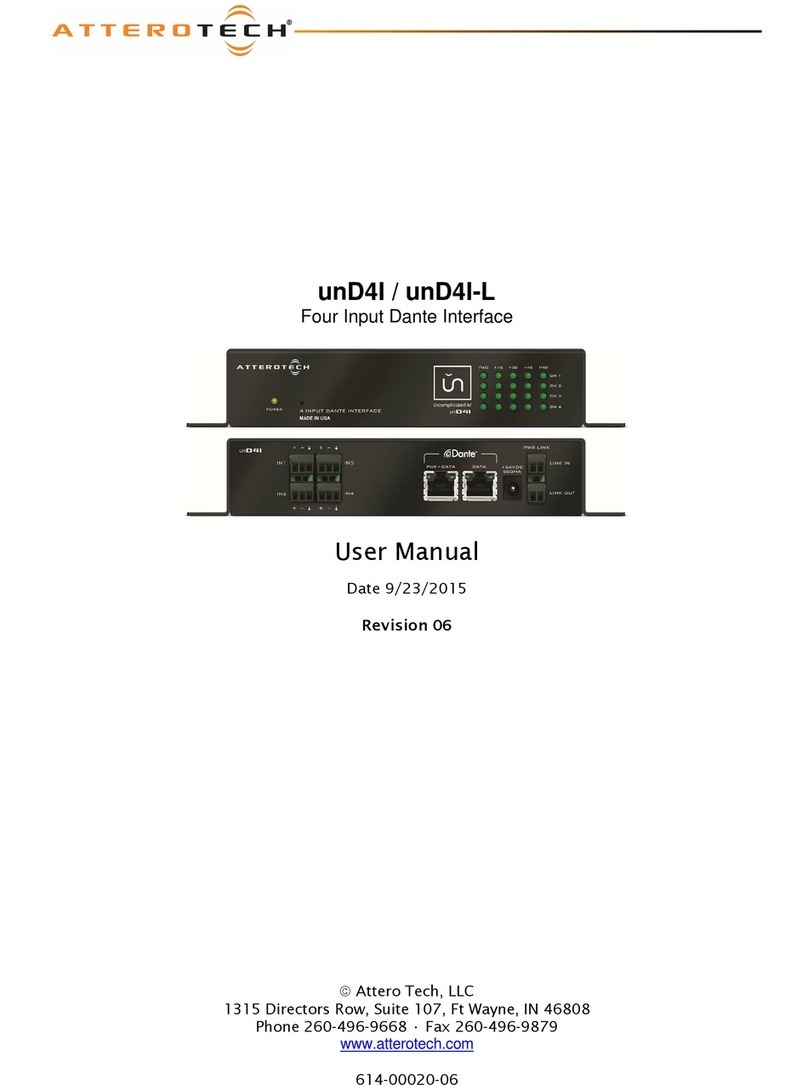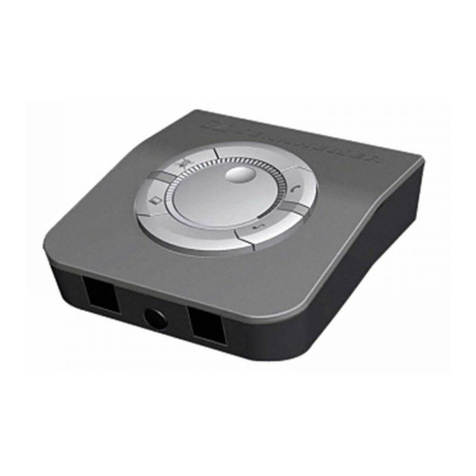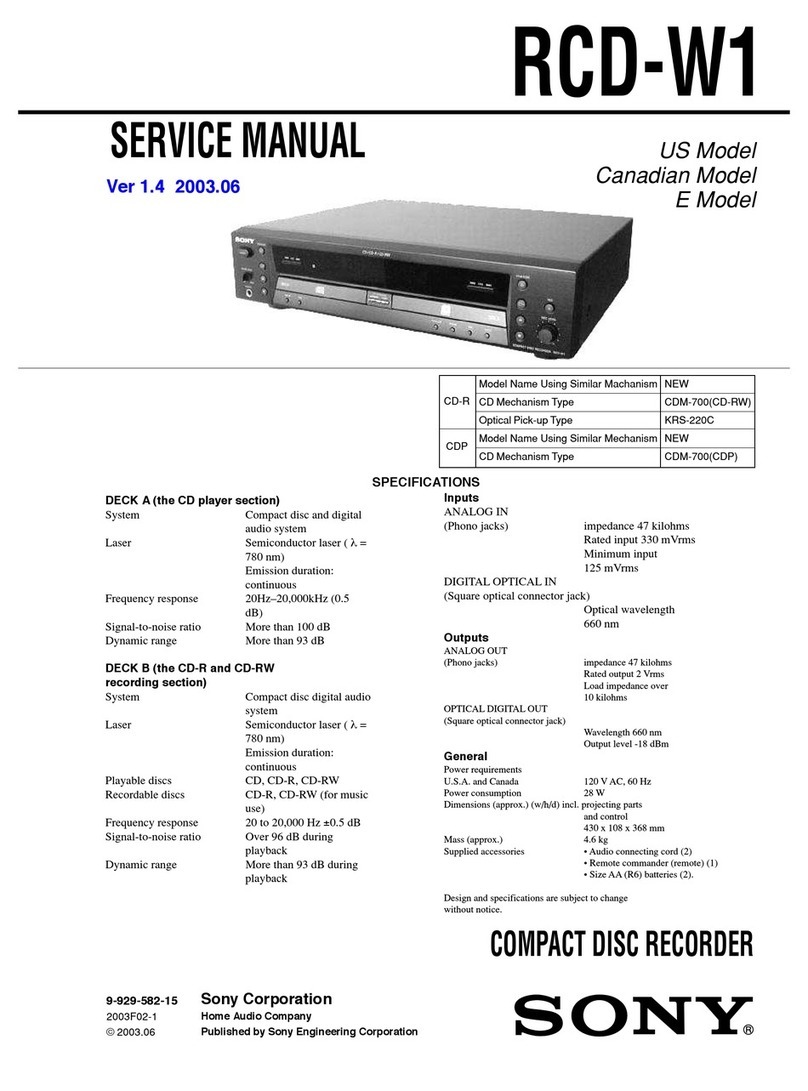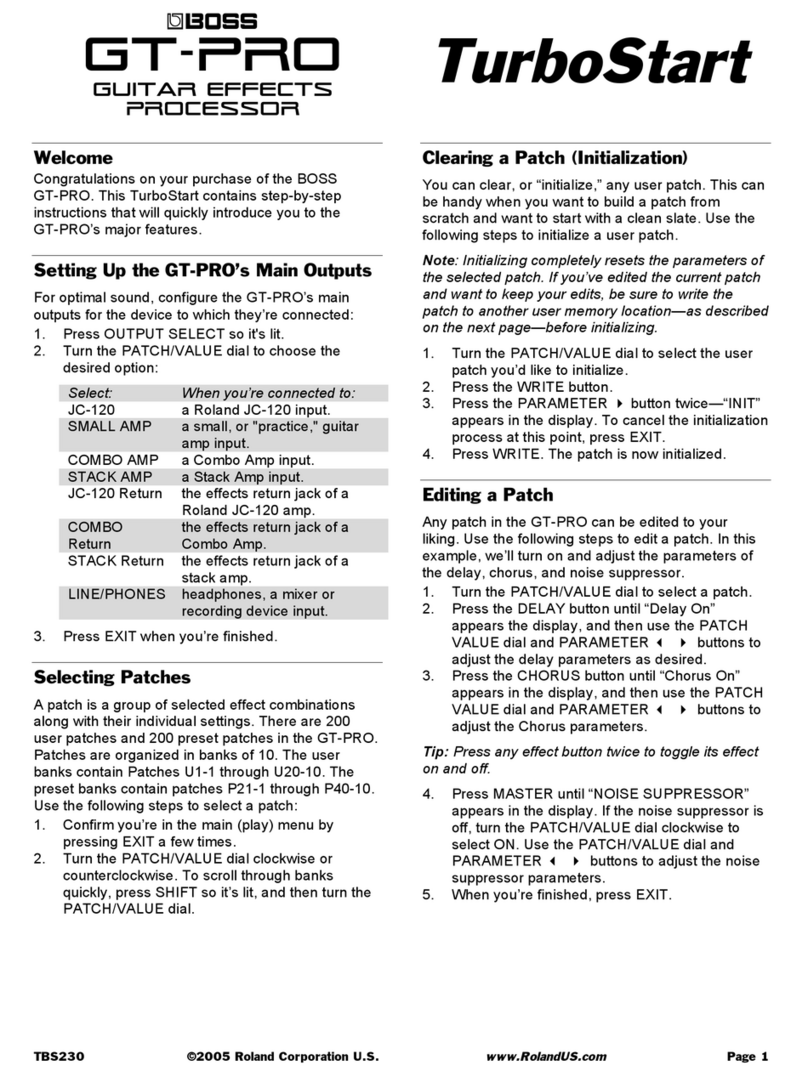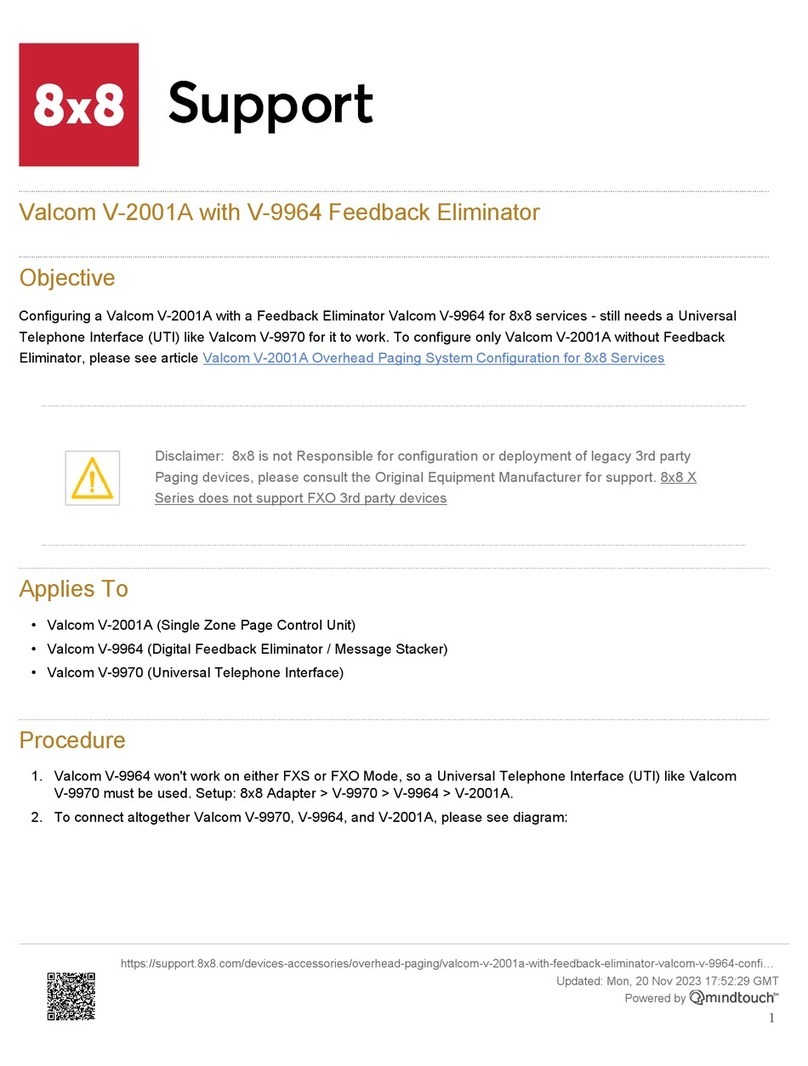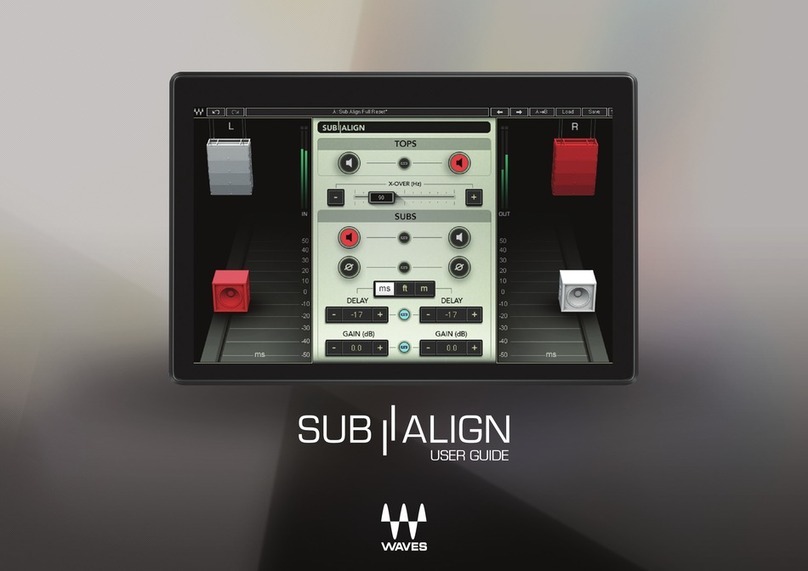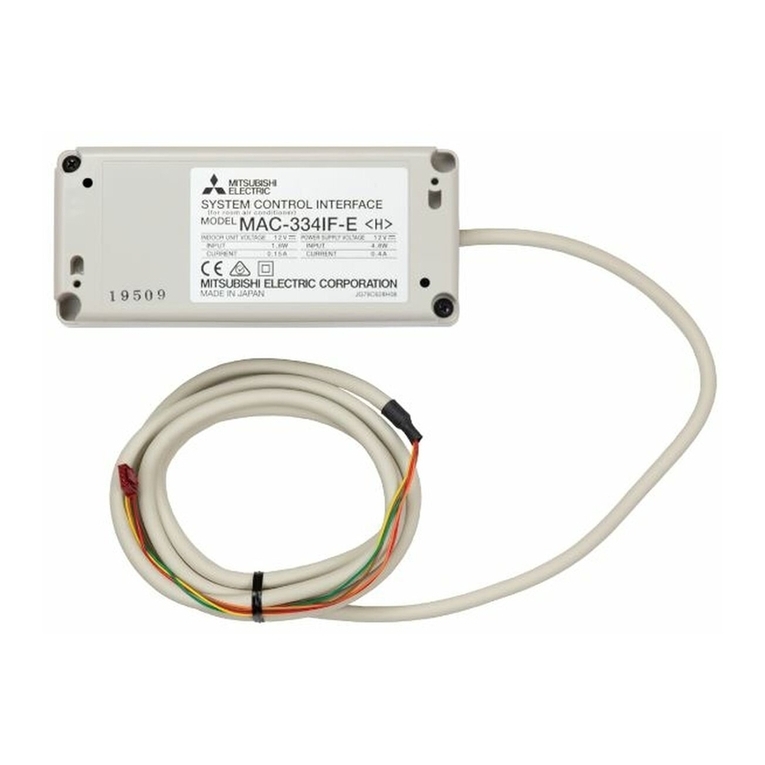
5
Reference Manual for Operation
Rio Rancho, NM – USA
TABLE OF CONTENTS
General Overview ......................................................................................................................................... 9
Signal Flow ..................................................................................................................................................................... 9
Input Processing ........................................................................................................................................................... 11
Input Gain ............................................................................................................................................................. 11
Delay ..................................................................................................................................................................... 11
Filters .................................................................................................................................................................... 11
ADFE Filters ......................................................................................................................................................... 11
Compressor .......................................................................................................................................................... 11
Digital Matrix ................................................................................................................................................................. 12
Automixer Cell ...................................................................................................................................................... 12
Power of the Mix ................................................................................................................................................... 12
Crosspoint Gain .................................................................................................................................................... 12
Mixing Mode ......................................................................................................................................................... 12
Output Processing ........................................................................................................................................................ 13
Output Source Select ........................................................................................................................................... 13
Mic/line Output Channels ..................................................................................................................................... 13
Output Signal Processing Stages ......................................................................................................................... 14
Digital Delay ......................................................................................................................................................... 14
Filters .................................................................................................................................................................... 14
Compressor and Limiter ....................................................................................................................................... 14
Output Gain and Level Indicator ........................................................................................................................... 14
Hardware Front Panels .............................................................................................................................. 15
Hardware Rear Panels................................................................................................................................16
LCD Interface ............................................................................................................................................... 17
Operation with Front Panel Controls ............................................................................................................................. 17
NOTE: ................................................................................................................................................................... 17
Boot Sequence Screens ....................................................................................................................................... 17
General Overview - Menus and Screens................................................................................................. 18
Top Menu ...................................................................................................................................................................... 19
Setup Menu .................................................................................................................................................................. 19
Setup Screens .............................................................................................................................................................. 19
The “Back” Button ......................................................................................................................................................... 19
Top Menu .............................................................................................................................................................. 19
Setup Menus ........................................................................................................................................................ 19
Input Setup Screen ............................................................................................................................................... 19
Input Setup ................................................................................................................................................................... 19
Input Select ........................................................................................................................................................... 19
Input Setup - RP Gain .......................................................................................................................................... 19
Input Setup - Gain ................................................................................................................................................ 19
Input Setup - Mute ................................................................................................................................................ 19
Input Setup - Phase Inv ........................................................................................................................................ 19
Input Setup - PhanPwr ......................................................................................................................................... 19
Matrix Crosspoint Setup Screens ................................................................................................................................. 20
Setup - Matrix ....................................................................................................................................................... 20
Xpoint Setup Menu ............................................................................................................................................... 20
Xpoint Setup - MixMode ....................................................................................................................................... 20
Xpoint Setup - Gain .............................................................................................................................................. 20
Xpoint Setup - Mute .............................................................................................................................................. 20
Output Setup Screens .................................................................................................................................................. 21
Setup - Outputs .................................................................................................................................................... 21
Output Setup - Output Select ............................................................................................................................... 21
Output Setup - RP Gain ....................................................................................................................................... 21
Output Setup - Source .......................................................................................................................................... 21
Output Setup - Level ............................................................................................................................................. 21
Output Setup - Gain .............................................................................................................................................. 21
Output Setup - Mute ............................................................................................................................................. 21
Preset Setup Screens ................................................................................................................................................... 22
TopMenu - Presets ............................................................................................................................................... 22
Preset Control - PowUpDef .................................................................................................................................. 22
Preset Control - SetToFac .................................................................................................................................... 22
Preset Control - Store To ...................................................................................................................................... 22
Preset Control - Recall ......................................................................................................................................... 22
Preset Control Screens - Using the OK item on all screens ................................................................................ 22
Stacking Multiple Units ................................................................................................................................................. 22
System Information ....................................................................................................................................................... 23
General Settings ........................................................................................................................................................... 23
TopMenu - SysInfo ................................................................................................................................................ 23
System Information Screen .................................................................................................................................. 23
Setup - General .................................................................................................................................................... 23
General Setup - Mode .......................................................................................................................................... 23
Locking out the front panel controls .............................................................................................................................. 24
TopMenu - LockSet ............................................................................................................................................... 24
Lock Setup - Entering the Passcode .................................................................................................................... 24
Restoring the default passcode .................................................................................................................................... 24
Changing the Passcode ................................................................................................................................................ 25
Navigate to the Lock Setup Screen ...................................................................................................................... 25
Enter the existing passcode ................................................................................................................................. 25
Enter the new passcode ....................................................................................................................................... 25
Command View Screen ................................................................................................................................................ 26
